1. What is BPC-157?
BPC-157 (Body Protective Compound-157) is a synthetic peptide consisting of 15 amino acids, derived from a protective protein found in human gastric juice. It is renowned for its regenerative properties, particularly in healing tendons, ligaments, muscles, nerves, and the gastrointestinal tract. BPC-157 has been widely studied for its ability to accelerate tissue repair and reduce inflammation.
2. BPC-157 Structure
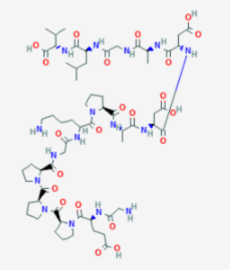
【https://pubchem.ncbi.nlm.nih.gov/compound/108101#section=Names-and-Identifiers】
Sequence: Gly- Glu-Pro-Pro-Pro-Gly-Lys-Pro-Ala-Asp-Asp-Ala-G|y-Leu-Val Molecular
Formula: C62H98N16O22
Molecular Weight: 1419.556g/mol
PubChem CID: 108101
3. BPC-157 Research
🔬 BPC-157 Research Overview
🌟 Introduction to BPC-157
BPC-157, short for Body Protection Compound-157, is a synthetic peptide derived from a protective protein found in the human gastric juice. It consists of 15 amino acids and is noted for its broad-spectrum regenerative capacity across various tissue types—muscle, tendon, ligament, nerve, and gastrointestinal lining.
Its rapid tissue-healing capabilities, minimal toxicity profile, and ability to act both locally and systemically make it an emerging therapeutic candidate in the field of regenerative medicine and bio-optimization.
⸻
🧬 Mechanism of Action: How BPC-157 Works
【1】 Accelerated Tissue Repair through Angiogenesis
BPC-157 enhances angiogenesis—the formation of new blood vessels—by upregulating factors like VEGF (vascular endothelial growth factor). This allows nutrients and oxygen to reach injured tissue more efficiently, speeding up cellular repair and regrowth.
It also supports fibroblast migration, collagen synthesis, and extracellular matrix remodeling, all essential for soft tissue recovery.
【2】Vascular Protection via Nitric Oxide Modulation
BPC-157 interacts with the nitric oxide (NO) system, which plays a critical role in vascular tone, anti-inflammatory signaling, and tissue oxygenation.
This contributes to capillary regeneration, vascular stability, and faster healing of damaged arteries and veins.
It also shows promise in preventing vascular leakage and microvascular dysfunction, which are often linked to metabolic and age-related disorders.
🧠 Neurological and Cognitive Implications
Emerging studies suggest BPC-157 has neuroprotective effects, including the promotion of neuronal survival, synaptic repair, and axon regeneration. It appears to cross the blood-brain barrier, providing support for:
- Brain injury recovery
- Cognitive function under stress
- Peripheral nerve regeneration
Researchers have observed BPC-157’s capacity to reduce neuroinflammation and improve outcomes in models of neuropathy and spinal cord injury.
📖 Related reading: Neuropeptide Repair Mechanisms
🏃♂️ Athletic Recovery & Musculoskeletal Health
BPC-157 is especially favored among athletes and physiotherapists for its ability to:
- Accelerate healing of tendons and ligaments
- Alleviatejoint inflammation
- Improve muscle recovery after strain or surgery
- Potentially reduce scar tissue formation
Its localized action and systemic bioactivity make it ideal for both acute injury recovery and chronic overuse conditions such as tendonitis or plantar fasciitis.
🌱 Gut Health and Digestive Protection
BPC-157’s origin in gastric tissue explains its unique protective role in the gastrointestinal tract. It promotes mucosal healing, strengthens the gut barrier, and reduces inflammation. Clinical interest continues to grow around its potential role in:
- Gastric ulcers
- Irritable bowel syndrome (IBS)
- Leaky gut syndrome
- NSAID-induced GI damage
Its ability to heal the gut lining without suppressing the immune system sets it apart from traditional GI medications.
【https://pmc.ncbi.nlm.nih.gov/articles/PMC7071121/】
🔧 Metabolic & Systemic Effects
BPC-157 may indirectly assist in metabolic regulation through its role in vascular and inflammatory control. Its anti-inflammatory nature helps:
- Lower systemic oxidative stress
- Support insulin sensitivity
- Enhance mitochondrial function
These findings raise questions about its potential longevity-enhancing and anti-aging applications, particularly as chronic inflammation is a key driver of aging.
💡 Why Consider BPC-157?
- ✅ Supports Full-Body Regeneration:Promotes healing in muscles, tendons, ligaments, gut, and nerves.
- ✅ Accelerates Recovery Time:Ideal for post-surgical healing or sports injuries.
- ✅ Protects the Gut:Enhances digestive integrity and counters inflammation.
- ✅Neuroprotective Benefits:Encourages nerve repair and may reduce brain inflammation.
- ✅ Safe Profile:Demonstrates excellent tolerance in research, with no observed toxic effects.
- ✅ Multi-System Versatility:Effective for orthopedic, vascular, gastrointestinal, and neurological needs.
- ✅ Non-Immunosuppressive:Supports healing without compromising immune response.
- ✅Backed by Clinical Interest: Increasing focus from researchers and clinicians worldwide.
4. Future BPC-157 Research
As scientific exploration of BPC-157 continues to evolve, the peptide’s future research direction is increasingly focused on transitioning from preclinical promise to human clinical application. Although hundreds of studies have demonstrated its therapeutic potential in gastrointestinal healing, tissue regeneration, bone repair, neuroprotection, and vascular health, these findings have predominantly been derived from animal models. The next crucial step lies in initiating large-scale, double-blind, placebo-controlled clinical trials to determine its efficacy and safety in humans. As noted by Dr. Predrag Sikiric, one of the leading researchers in BPC-157, “BPC 157 may become a new therapeutic paradigm, provided human studies confirm what animal models have suggested for decades.” 【https://pmc.ncbi.nlm.nih.gov/articles/PMC6068534/】
Emerging studies are pointing to BPC-157’s unique ability to modulate key biological systems such as the nitric oxide (NO) pathway, dopaminergic signaling, and angiogenesis via VEGF (vascular endothelial growth factor). These effects may offer breakthrough therapies for chronic inflammatory conditions, neurodegenerative diseases, cardiovascular repair, and sports medicine. According to a review published in Current Pharmaceutical Design, BPC-157 displays a system-organ protective profile and “exerts consistent therapeutic effects across different injury models, suggesting a regulatory role in whole-body homeostasis.”
【https://pubmed.ncbi.nlm.nih.gov/25820694/】
In the neurological domain, future research may explore its application in treating traumatic brain injury, Parkinson’s disease, and multiple sclerosis, due to its observed neuroprotective effects and enhancement of neural regeneration. The peptide’s interaction with the gut-brain axis also makes it a candidate for managing mood disorders and stress-related digestive issues. A 2017 paper in Regenerative Pharmacology highlights that “BPC-157 may act as a modulator of the gut-brain interaction, creating new frontiers for neuropsychiatric and neurodegenerative therapies.” 【https://pubmed.ncbi.nlm.nih.gov/28747866/】
Another key direction involves refining formulations and delivery mechanisms. Current research is largely based on injectable models, but oral formulations of BPC-157 have shown promise due to its gastric stability. Further pharmacokinetic studies are needed to optimize bioavailability, half-life, and dose-response relationships in humans. Additionally, the development of synthetic analogs or pegylated versions of BPC-157 may improve tissue targeting and prolong systemic activity.
There is also growing interest in synergistic applications, where BPC-157 may be co-administered with other regenerative compounds such as GHK-Cu, Thymosin Beta-4, or IGF-1 LR3. This integrative approach may pave the way for next-generation regenerative protocols, especially in elite athletic performance recovery and complex injury rehabilitation. However, rigorous studies are required to examine long-term safety, particularly concerning oncogenic risk, endocrine modulation, and metabolic impact.
In conclusion, BPC-157 represents a frontier in peptide medicine, with its pleiotropic effects, low observed toxicity, and broad spectrum of activity offering enormous therapeutic potential. As highlighted in a recent overview on Examine.com, “While more human data is needed, the preclinical profile of BPC-157 is one of the most promising in the peptide field today.” Future research will determine whether BPC-157 can make the leap from experimental compound to clinically approved therapeutic agent in modern medicine.
5.Clinical Relevance
Although BPC-157 is not yet approved for human clinical use by regulatory authorities such as the FDA, its preclinical studies have been promising. Research has demonstrated positive effects in models of:
- Tendonitis, ligament sprains, and post-surgical healing
- Inflammatory gastrointestinal conditions, including ulcerative colitis and Crohn’s disease
- Spinal cord and peripheral nerve injuries
- Chronic wound healing, including diabetic ulcers and ischemic wounds
Ongoing investigations in human observational settings are exploring its utility in injury recovery and inflammatory conditions, but large-scale, placebo-controlled trials are still pending【https://pubmed.ncbi.nlm.nih.gov/30574246/】.
ALL ARTICLES AND PRODUCT INFORMATION PROVIDED ON THIS WEBSITE ARE FOR INFORMATONAL AND EDUCATIONAL PURPOSES ONLY.
The products offered on this website are furnished for in-vitro studies only. In-vitro studies(Latin: in glass) are performed outside of the body. These products are not medicines or drugs and have not been approved by the FDA to prevent, treat or cure any medical condition, ailment or disease. Bodily introduction of any kind into humans or animals is strictly forbidden by law.

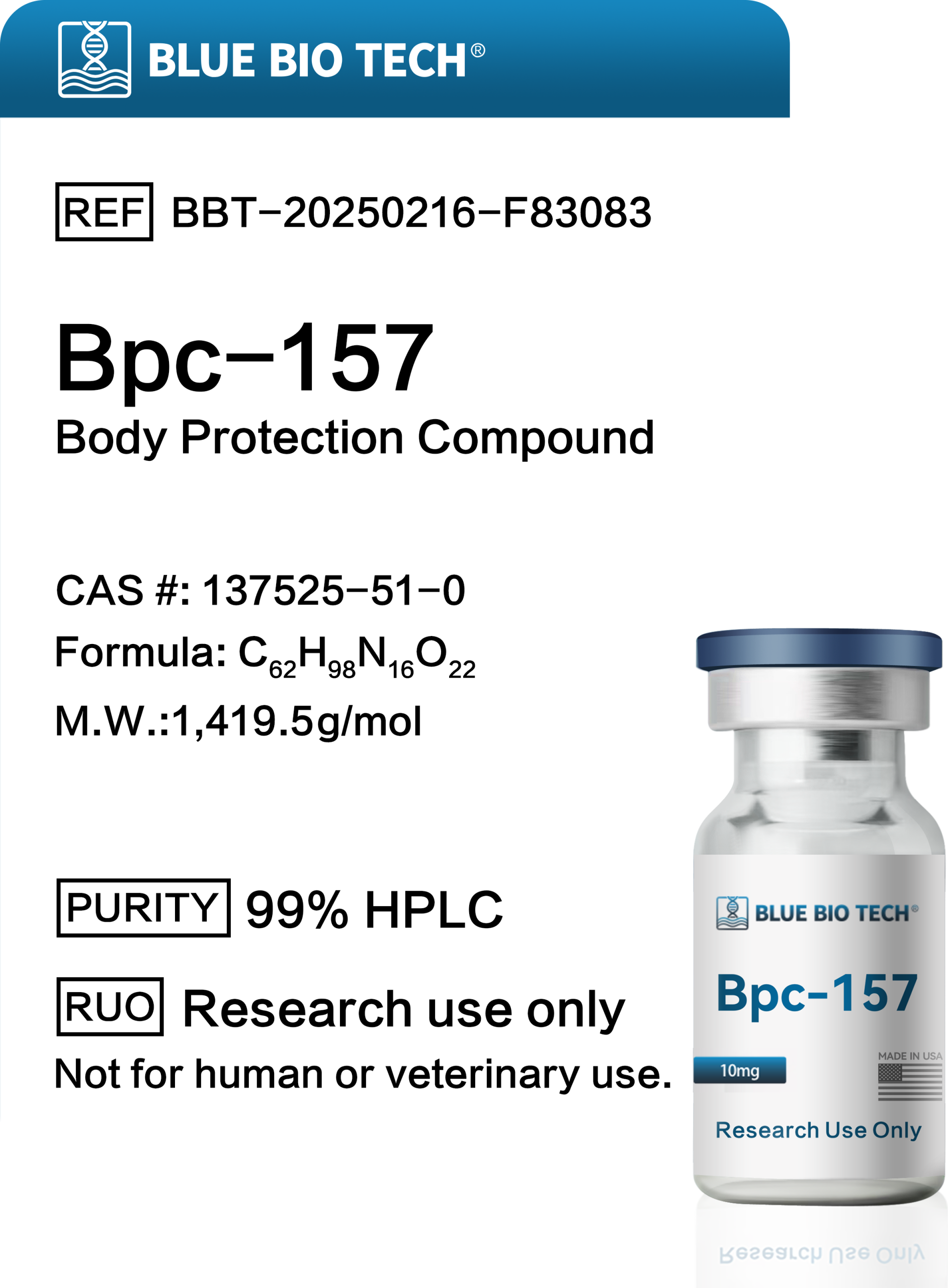
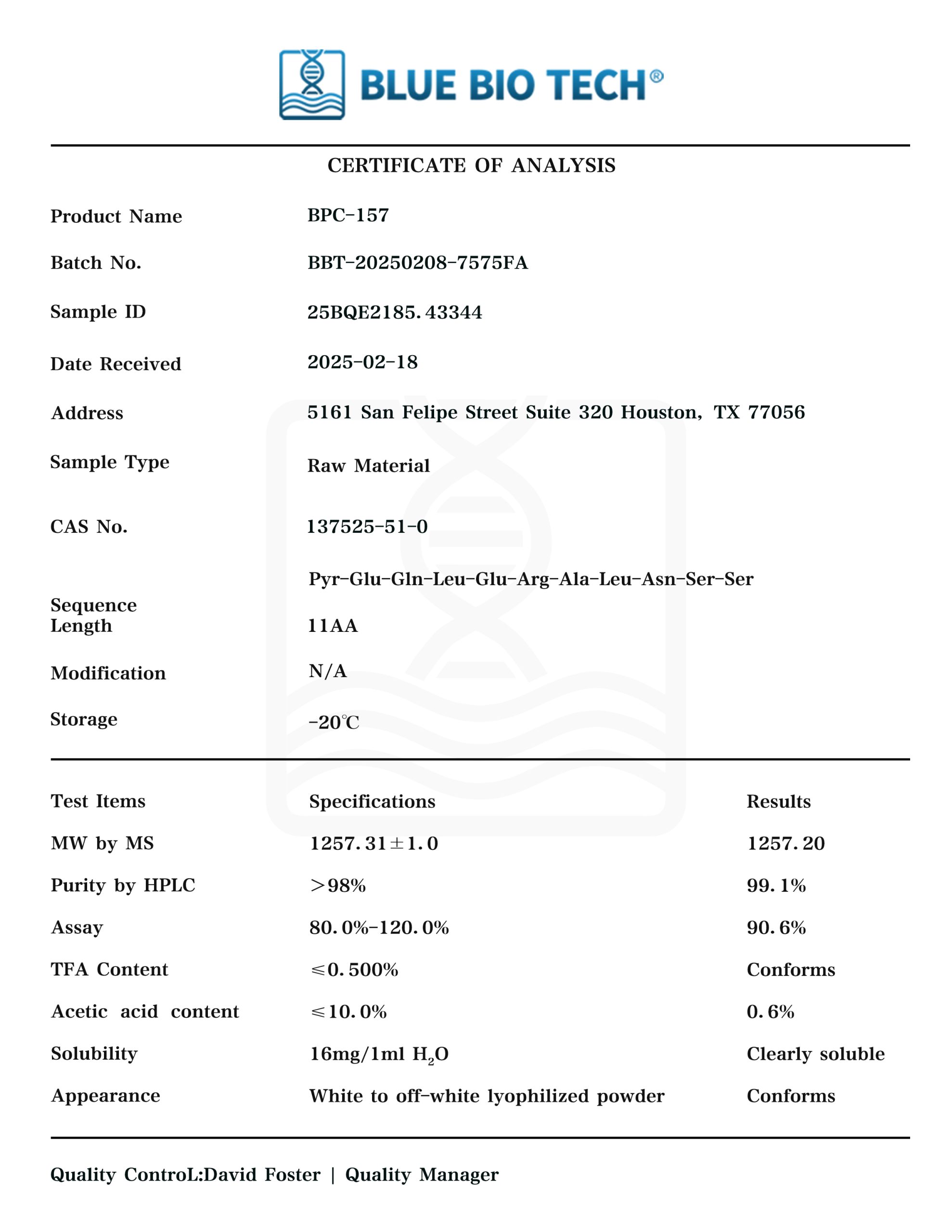
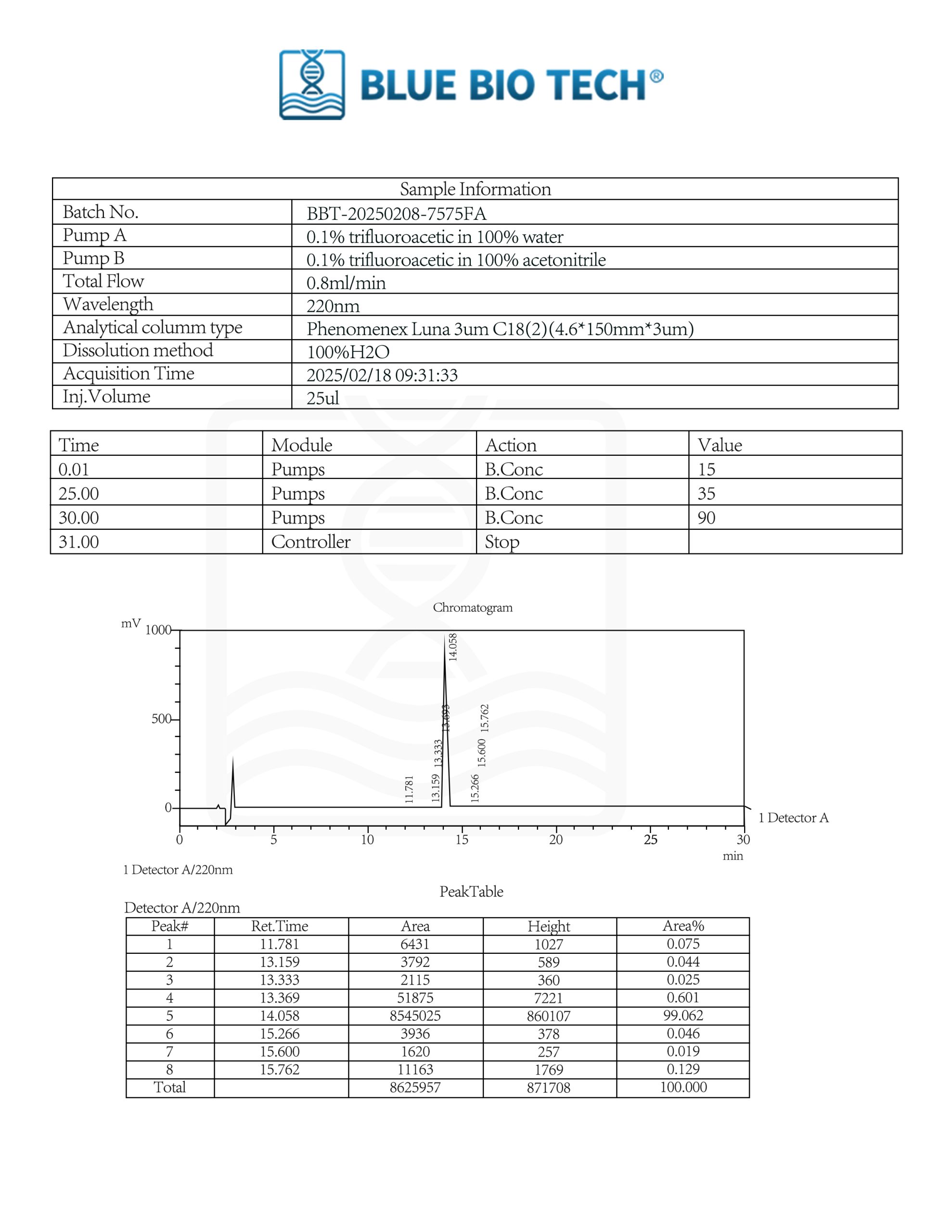
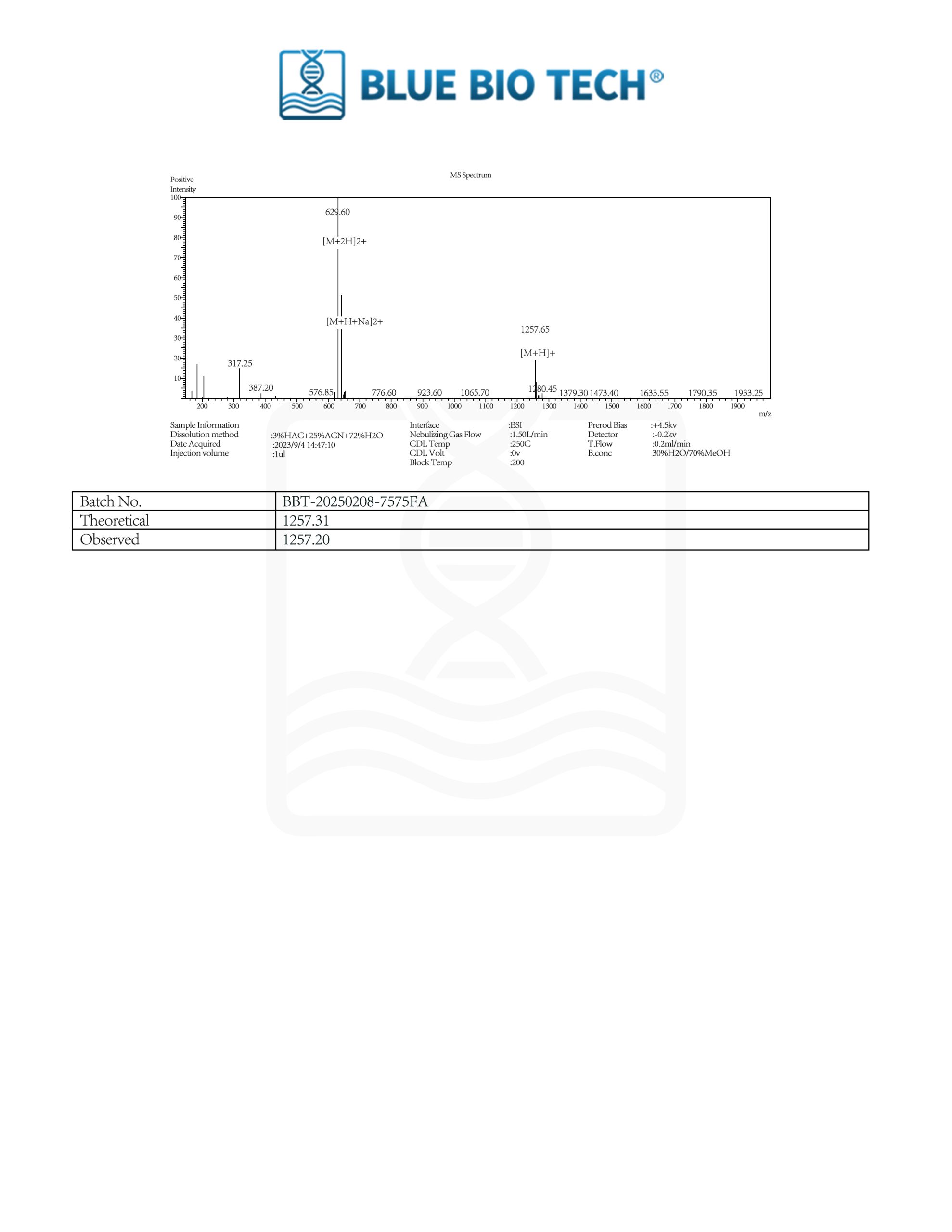
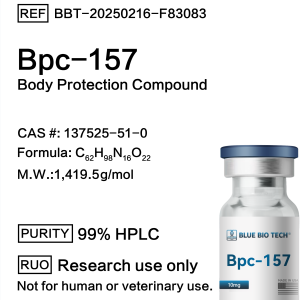
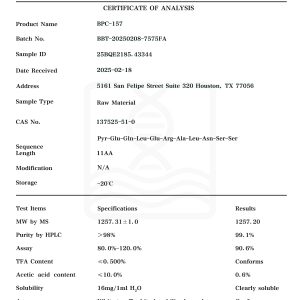
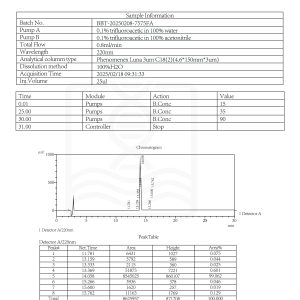
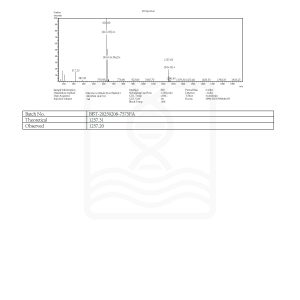
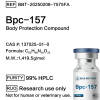
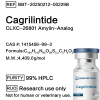
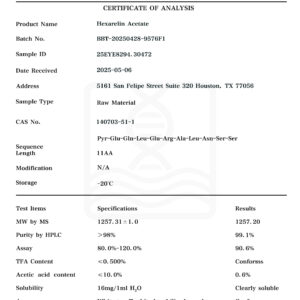
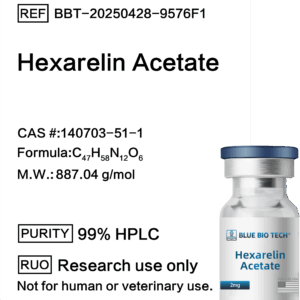
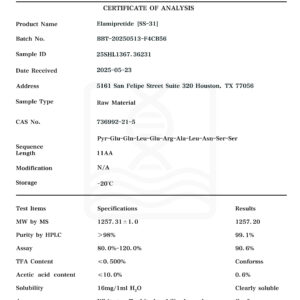
![Elamipretide [SS-31] 10mg](https://bluebiotech.us/wp-content/uploads/2025/08/Elamipretide-SS-31-300x300.png)
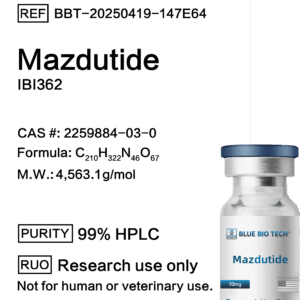

-300x300.png)
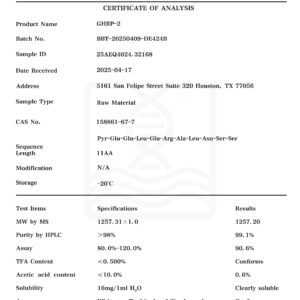
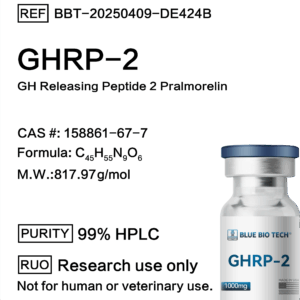
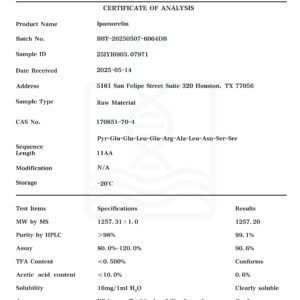
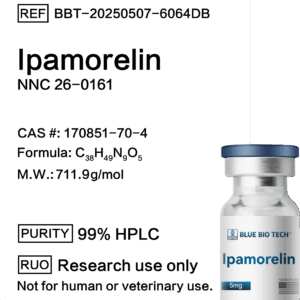
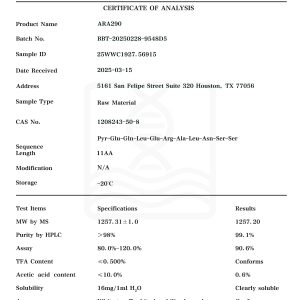
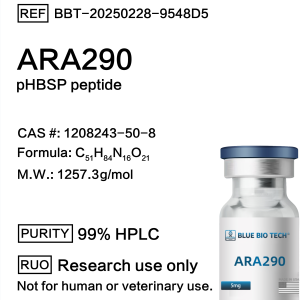
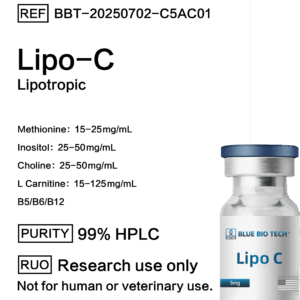
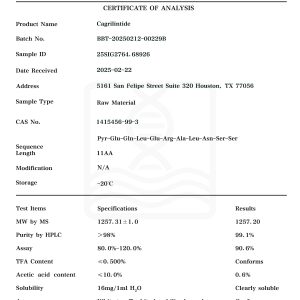
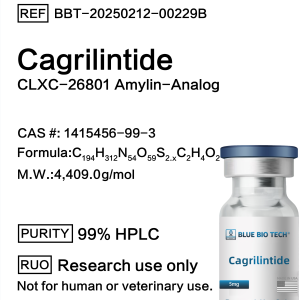
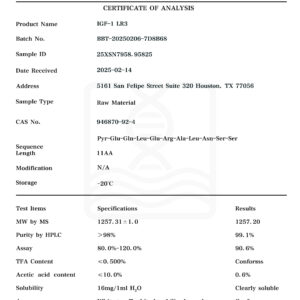
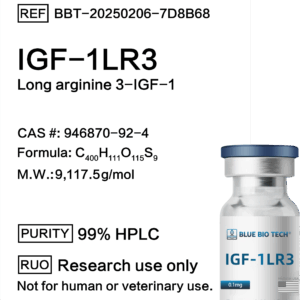

Reviews
There are no reviews yet.